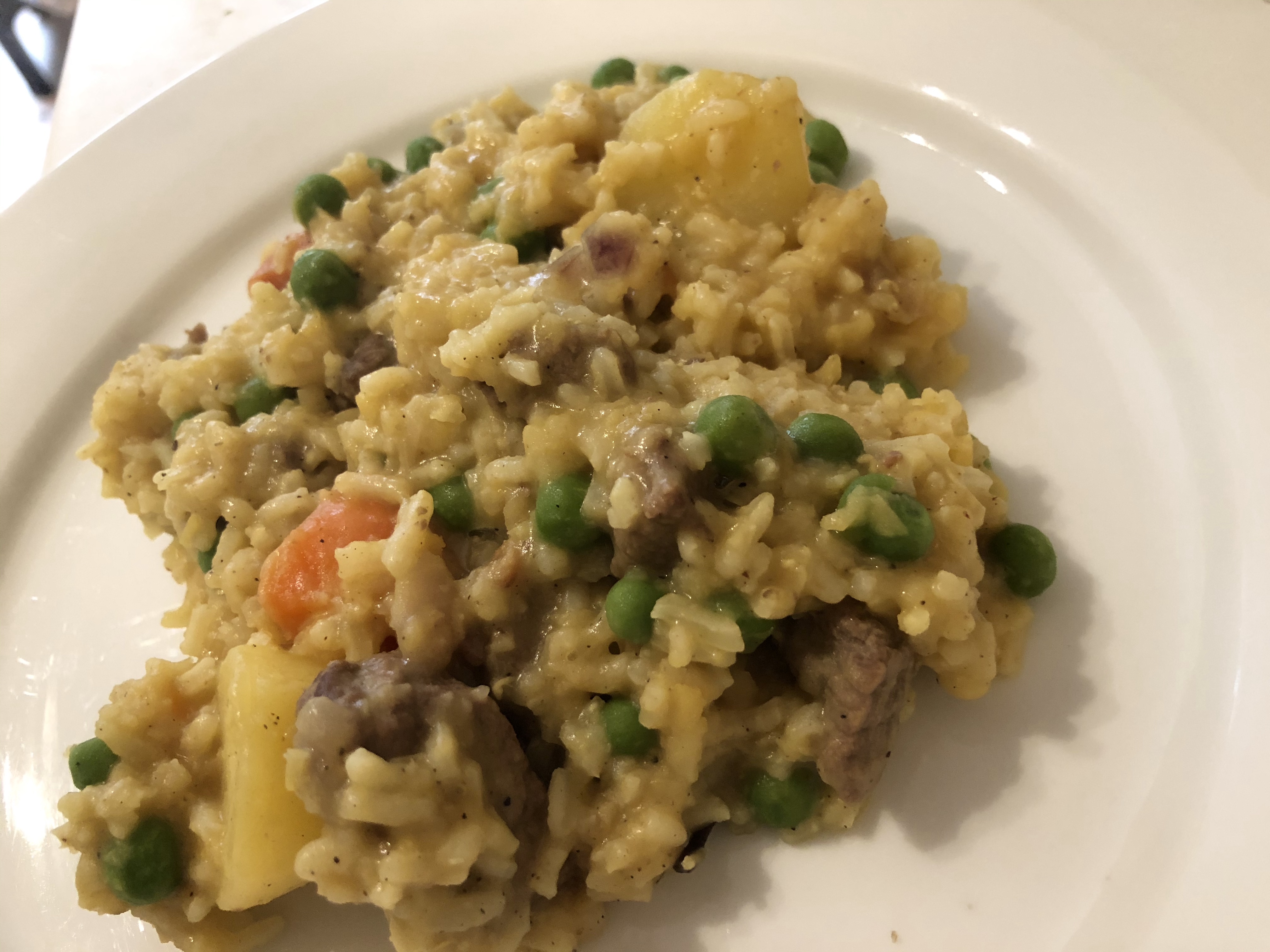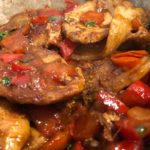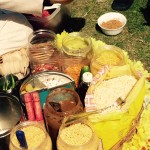Pish Pash recipe — where it came from and how to make it
I have been eating pish pash all my life, or at least since my food memories began. What went in it depended on what was available. It is the ultimate one-pot meal that hits the spot and also uses up all those random things in the fridge that you may have binned.
If the name intrigues you, you can google it right now and what you will come up with are many fantastic recipes which are as fantastic and romantic as its history. What many forget to acknowledge is that if pish pash was supposed to be a delicacy and not your comfort food it wouldn’t be stodgy and hearty and wholesome like khichudi.
Unlike khichudi aka kedgeree, which is a recipe the British Colonial Empire borrowed from India and then transformed into kedgeree, Pish pash, quite possibly made the journey the other way round. The earliest mentions of pish pash is in the 1800s and it’s origins are firmly rooted in the Anglo-Indian recipes that are still around in our food memories.
However, pish pash is one of those dishes that not everyone has heard of. Most households are pish pash eaters because they know about it or not pish pash eaters because they don’t know about it. But most people are converts once they’ve had it. So I set about to find out how did it come into my life.
My mother says she didn’t grow up eating it. When she moved in with my father after marriage and started living in an estate attached to the Dunlop tyre factory by the Hooghly river, she heard everyone talking about this amazing dish, pish pash, that they had been cooking. My mother immediately asked my grandmother, her mother, if she knew about it. My grandmother being an accomplished cook said it sounded like ‘mangsher khichudi’, but it wasn’t.
Then my mother found the recipe in a well loved Bengali recipe book by Leela Mazumdar, who categorised it under ‘sick food’. Indeed, depending on how you make it, pish pash could well be your first nutritious meal after a diet of soup for a week. But it is also a recipe with a lot of room for versatility. You could make it like a rich biriyani dripping with ghee, or you could make it like a melt-in-the-mouth hug.
I also remember my other grandmother making it, her history and association with food was rather different to my maternal grandmother. This grandmother’s father was the renowned scholar of psychology and the founder of the Psychology Department in the University of Calcutta, Narendra Nath Sengupta. She grew up in Lucknow in British India with an exposure to Anglo-Indian cooking. I remember she used to cook Pish pash in her trusty old Hawkins!
What is Pish pash?
Pish pash is a one pot meal made of rice, lentils, vegetables and meat, usually chicken. But, any meat will do. The ones I remember from my childhood had chicken or mutton in it. The one I made last weekend had diced beef in it. The supermarket that delivers our food has been substituting our diced lamb with diced beef for the past six weeks. One of the many lockdown idiosyncrasies that I’ll remember.
Ingredients
- 2 cups of rice that is around 250 grams
- 1 cup red lentils if you have less rice add more lentils
- One large onion
- As many potatoes as you like, I put in two large ones cut into 6
- A handful of peas
- 3 carrots
- 500 grams diced beef
- One large tablespoon of ginger
- A few bay leaves and cassia bark
- A tablespoon of oil
- Salt and pepper to taste
Method
Lightly fry the onion, potatoes and bay leaves. Remember to lightly fry not brown. If you’re cooking with mutton or beef, add the meat next and brown it. I added half a teaspoon of turmeric as well to flavour the meat, but not colour the rice. Add the ginger next followed by the rice and lentils. Once it’s all mixed well add the carrots, salt and warm water. Cold water will stop the lentils from cooking. Let it boil and then simmer. You may need to keep adding water until it cooks.
The rice is supposed to over cook and break. If you cannot stand rice that sticks together, this is probably not for you. This dish is also a stress free dish for those who always boil their rice for too long and the grains always stick.
Then add the peas and check if your lentils and meat has cooked. The cooking time for Pish pash with chicken is much less than cooking it with meat. Also, if you are cooking the sick food version you can skip the oil completely. Throw everything in the pot and let it boil until it’s golden glutinous and glorious.
You can add a little butter or ghee for flavour but it doesn’t matter if you don’t. I sprinkled a little Garam masala on top.
Are you a Pish pash family? Let me know in the comments.
Written by Amrita Dasgupta - Visit my blog for more food and travel stories
I love to travel, discover new things, experience new cultures and then I get back home and experiment with the new food and recipes I discovered on my travels. My blog is about all those life experiences. If you’ve enjoyed this post, keep in touch with Drifting Traveller on Twitter and Facebook or by adding my blog to your RSS feed. Follow my blog with Bloglovin or Networked Blogs! If you really like reading the Drifting Traveller why not share it with people you know who'd like to read it too.



Absolutely a pish pash enthusiast here. My grad school savior 🙂